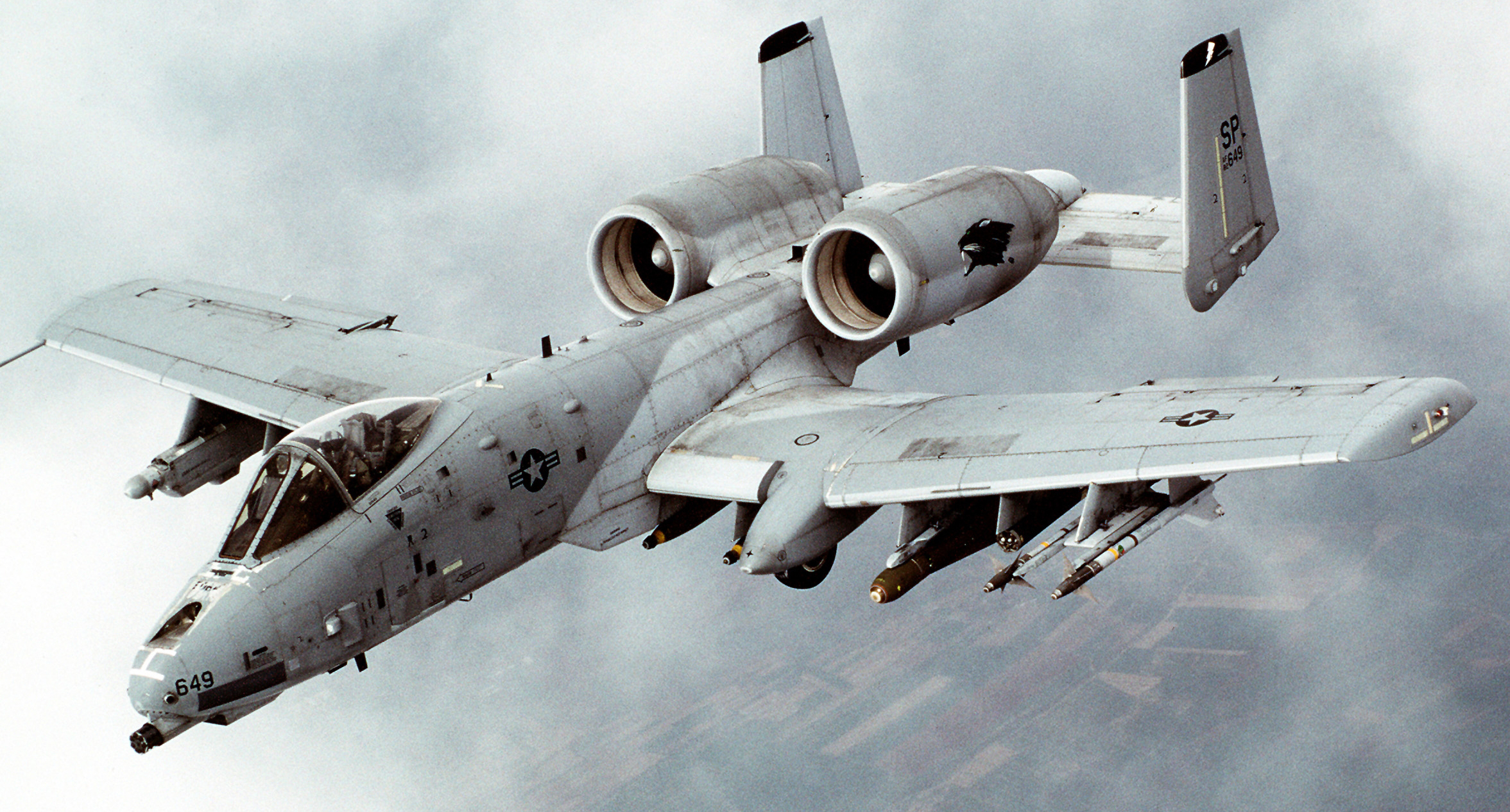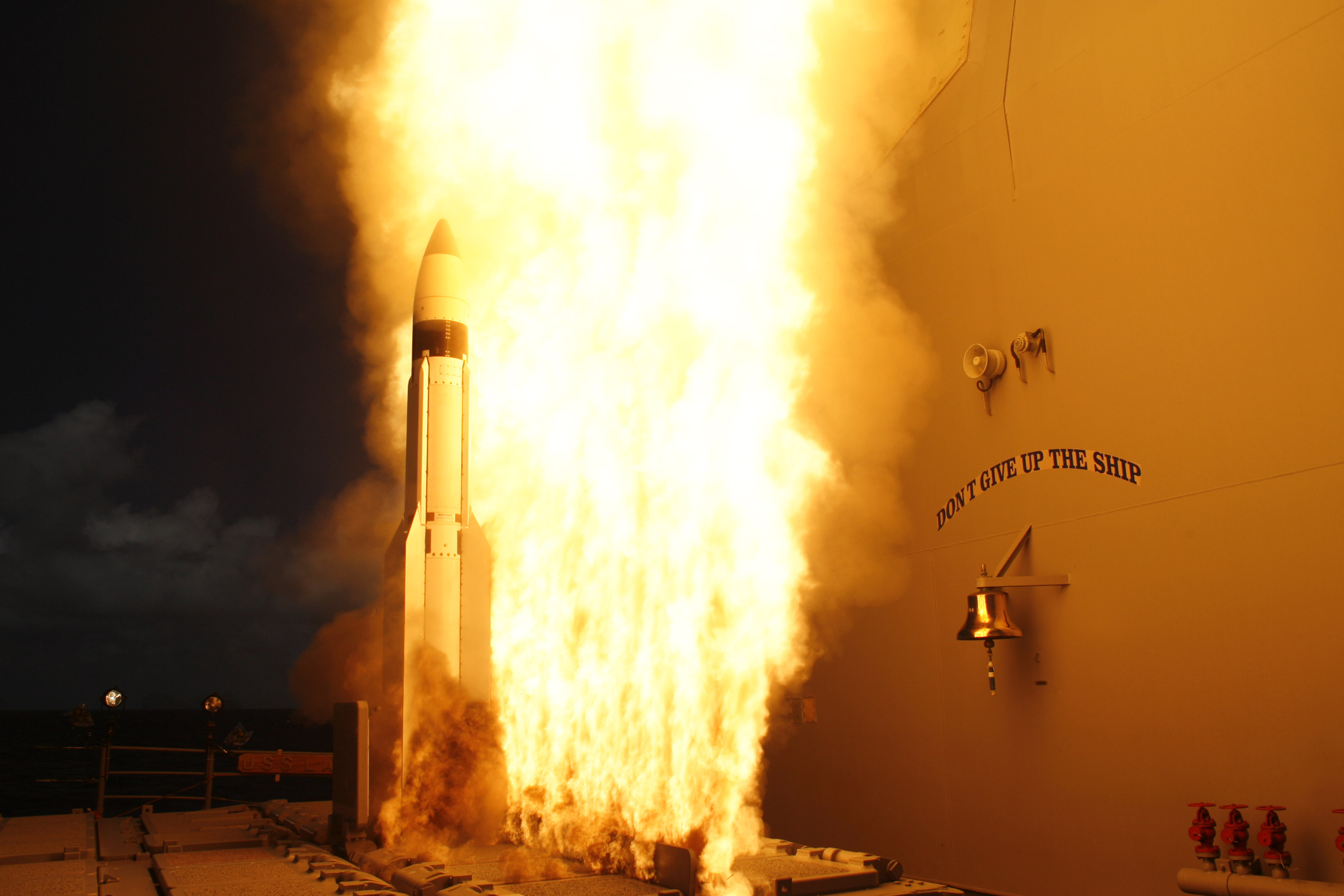TEWKSBURY, Mass., June 7, 2011 /PRNewswire
Raytheon Company (NYSE: RTN) conducted its system requirements review (SRR) for Phase II of the U.S. Navy's Air and Missile Defense Radar program. This review marks a major milestone for AMDR, for which Raytheon is currently developing a technology demonstrator for the system's S-band radar and radar suite controller.
On May 17, Raytheon presented its progress to date on Phase II of the program to Navy representatives. During the SRR, the company demonstrated its understanding of AMDR's requirements and explained how Raytheon's mature design and architecture meets those requirements. The Raytheon team also displayed operational hardware from its AMDR pilot array, which is now undergoing integration and testing to ensure risk reduction for the program. Additionally, Raytheon presented its analysis of requirements, including cost and performance trade studies that showed how the system could be made less expensive without loss of important capability.
The review established a clear path for Raytheon to advance to the system functional review, which will be held later this year. The Navy's feedback throughout the review was favorable, and Raytheon was commended for the advancements it has made to date on the program, having matured its design ahead of schedule, surpassing customer expectations.
"The system requirements review was a major step forward for Raytheon and our entire AMDR team as we work to deliver a high-performance, low-cost solution to the Navy," said Raytheon Integrated Defense Systems' (IDS) Kevin Peppe, vice president of Seapower Capability Systems. "The strength of our industry team, combined with Raytheon's legacy of working with a broad range of scalable multifrequency radars, positions us well for this opportunity."
AMDR provides unprecedented capabilities for the Navy's Arleigh Burke-class destroyers. It fills a critical gap in the joint forces' integrated air and missile defense capability, enabling highly effective missile defenses to be deployed in a flexible manner wherever needed. The radar suite consists of an S-band radar, X-band radar and radar suite controller. The system is scalable, enabling the radar to be sized according to mission need and to be installed on ships of varying size as necessary to meet the Navy's current and future mission requirements. The radar's digital beamforming capability enables it to perform multiple simultaneous missions, a critical feature that makes the system affordable and operationally effective for the Navy.
Raytheon's skill and experience working with large-scale active phased-array radars spans the frequency spectrum from UHF to X/Ku-band and dates back to the Cobra Judy program, continuing today with the advanced Dual Band Radar, AN/TPY-2 and Cobra Judy Replacement programs. The knowledge and experience gained from these programs will ensure that AMDR's S- and X-band radars operate in coordination across a variety of operational environments. The company has a long heritage of developing and producing some of the world's most capable air and missile defense radars, which positions it well for the AMDR competition. Additionally, Raytheon has produced more than 1.8 million AESA (active electronically scanned array) transmit/receive modules to date and has decades of experience working with adaptive beamforming technologies.
Work on the AMDR program is performed at Raytheon IDS Headquarters, Tewksbury, Mass.; at the Surveillance and Sensors Center, Sudbury, Mass.; at the Seapower Capability Center, Portsmouth, R.I.; and at the Integrated Air Defense Center, Andover, Mass. Raytheon has partnered with General Dynamics Advanced Information Systems and shipbuilder Gibbs & Cox in the concept development of this next-generation radar solution. To learn more about AMDR as well as Raytheon's radar heritage and leading-edge technologies, visit http://www.raytheon.com/capabilities/radar/index.html.






%2C_off-load_a_Navy_MH-53_Sea_Dragon_helicopter_from_an_Air_Force_C-5_Galaxy_transport_on_board_Marine_Corps_Air_Station_Cherry_Point.jpg)
_F.jpg)






















